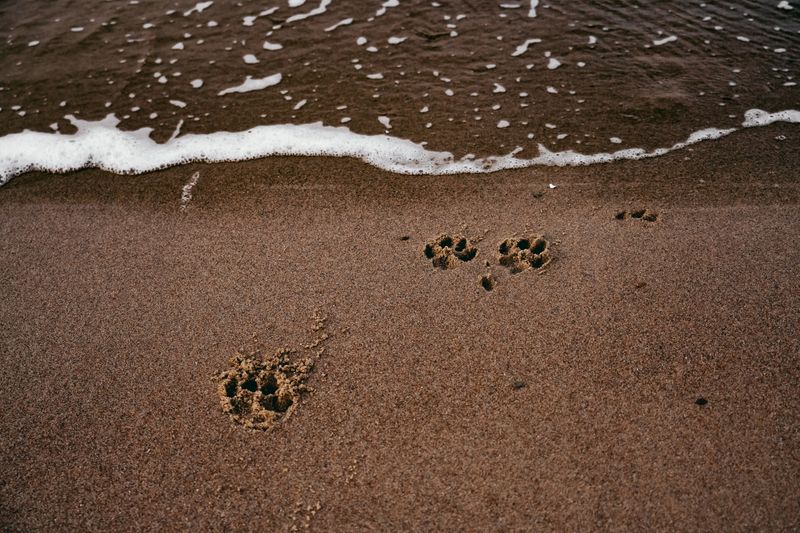Coca Cola Cans from the 1930s: A Resemblance to Paint Thinner Containers
An Artifact of the Past
Imagine holding a can of Coca Cola from the 1930s in your hands. The design is vastly different from the modern sleek cans we are accustomed to today. These vintage cans, recently spotted on eBay, resemble paint thinner containers rather than vessels for an everyday beverage. It is fascinating to consider how an ordinary soda could have once been packaged in a container that, by today’s standards, would not be associated with anything edible. As we reflect on this relic from the past, it sparks an intriguing discussion about the evolution of branding, societal norms, and the power of perception.
Historical Context: A Post-Cocaine Era
The 1930s marked a significant turning point for Coca Cola. It was during this time that the company ceased using cocaine as an ingredient in its iconic beverage. As the use of cocaine in Coca Cola’s formula became increasingly controversial, the decision to remove it was a necessary response to mounting social pressures. This transition away from cocaine coincided with a shift in product packaging, as Coca Cola sought to distance itself from any lingering associations with the illicit drug. The result was an assortment of cans that embodied a drastically different aesthetic.
Aesthetic Appeal: Breaking Free from the Past
The resemblance of these 1930s Coca Cola cans to paint thinner containers challenges our perception of what is considered visually appealing in the context of food and beverages. Today, we expect packaging to reflect the nature of the product, enhancing its desirability and capturing the attention of consumers. The vintage cans, however, deviated from this norm, opting for a utilitarian design that emphasized functionality over aesthetics.
Perception and Consumer Response
The evolution of Coca Cola’s packaging raises an intriguing philosophical question: how does the appearance of a product affect our perception of its quality and desirability? In the case of these vintage cans, one may argue that the association with paint thinner containers could have detracted from the overall appeal of the beverage. The visual resemblance might have forced potential consumers to question the quality and safety of the product, creating a perception gap that Coca Cola needed to address.
Editorial: The Power of Branding and Shaping Perception
The transformation of Coca Cola’s packaging over the years serves as a testament to the power of branding and design. Companies invest significant resources in crafting the visual identity of their products, as the packaging serves as the first point of contact with consumers. The shift from the paint thinner-like cans of the 1930s to the iconic red and white design we recognize today reflects a deliberate effort to create a positive perception of Coca Cola’s product and brand. By distancing themselves from any negative associations and aligning with societal expectations, Coca Cola was able to shape the perception of their beverage, positioning it as a desirable and safe indulgence.
Advice: Appreciating the Past, Collecting the Present
For those who appreciate nostalgia and the historical significance of everyday items, owning a vintage Coca Cola can from the 1930s can be a fascinating collector’s item. The scarcity and high demand for these relics of the past often drive up their prices on platforms like eBay. While the idea of having one of these cans on your shelf is undoubtedly appealing, it is important to carefully consider the investment. At prices upwards of $500, it becomes essential to balance the desire for memorabilia with the practicality of the purchase.
In conclusion, the visual transition of Coca Cola cans from the 1930s, resembling paint thinner containers, to the modern design we know today, underscores the power of branding, consumer perception, and societal norms. It serves as a testament to the ever-evolving relationship between product aesthetics and consumer demand. Whether one chooses to collect these vintage cans or appreciate them from a distance, they stand as a reminder of the journey Coca Cola has taken to establish itself as a globally recognized brand.

<< photo by Bo Ponomari >>
The image is for illustrative purposes only and does not depict the actual situation.
You might want to read !
- Protesters Disrupt London Pride Parade in Anti-Oil Demonstration
- “Miya Folick’s Captivating Rendition: Exploring Annie Lennox’s ‘Walking On Broken Glass’ Cover”
- Hollywood Legends Unite: Brooke Shields, Michael Douglas, Sharon Stone, and More Grace the Silver Screen
- Exploring Fourth of July: What’s Open and What’s Closed
- George Osborne Ties the Knot with Ex-Aide Amid Commotion: Unveiling the Intricate Web of Relationships
- Florida Governor Ron DeSantis Campaign Engages Controversy with ‘Peaky Blinders’ Inspired Video
- Unveiling the Mystery: Keke Palmer’s Boyfriend Darius Jackson Speaks Out…




